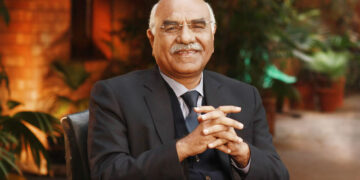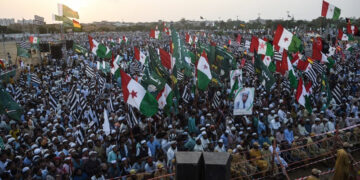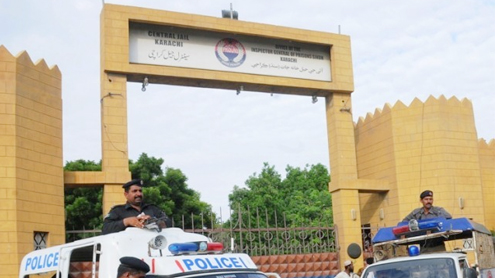
India launches first intercontinental ballistic missile. True enough, India did launch a new, 5,000 km-ranged Agni-V missile that can deliver a nuclear warhead to Beijing and Shanghai.
Previously, India’s 3,500-km Agni-III did not have the range to hit China’s major coastal cities. But Agni-V is not an intercontinental ballistic missile (ICBM), as wrongly reported. Nor was the missile North Korea launched on April 15 that fell apart soon after liftoff. Some media wrongly claimed it was an ICBM that could hit the United States. One longs for the days when media employed real war correspondents who understood military affairs.
A true ICBM has a minimum range of at least 8,000km and more likely 12,000km. India and North Korea’s missiles were medium ranged ballistic missiles (MRBM’s). The difference is important because MRBM’s are theatre weapons while ICBM’s threaten the entire globe. India crowed with pride over its Agni-V launch. One government scientist claimed Agni-V made India “a major missile power.” By contrast, India’s growing rival, China, dismissed the launch with a disdainful sniff.
But, as this column has been writing for years, India is indeed emerging as a major military power. In 1999, this writer’s book, War at the Top of the World, began examining the growth of India’s military and postulated that India and China would one day go to war over their ill-defined Himalayan border and Burma.Today, India has become the world’s largest importer of arms. India’s navy is to deploy three aircraft carriers, nuclear-powered submarines with ballistic missiles, a powerful air force, and armed forces of 1.3 million. India has long land and maritime frontiers and needs large, well-equipped military forces.
Why India, a nation of deep poverty, needs a missile that can deliver nuclear warheads to New York or Paris, remains a mystery. The most likely reason is prestige and a seat on the UN Security Council. But there is also the possibility that one day India may confront the United States over Mideast oil, or confront Russia and China in Central Asia.
India’s deliverable nuclear arsenal, like those of all other nations, is designed for strategic deterrence – a national life insurance policy. Delhi has masked development of an ICBM behind its space launch programme. As Washington tartly noted last week about North Korea’s attempt to put a satellite into orbit, a booster that can place a satellite in orbit can just as well deliver a nuclear warhead. The same applies to India. For now, India is a close US ally, and the recipient of the US and Israeli help in building its nuclear arsenal.
India’s purported ICBM is named “Surya” and is believed to have a planned range of 12,000km. The missile is said to be composed of the main stage of its PSLV space launcher and Agni-V. Its development remains shrouded in secrecy. The programme has had many failures and misfires. The third maritime leg of India’s nuclear triad provides a secure second-strike capability after a surprise nuclear attack. But is also gives India the ability to attack most of the world’ capitols from the sea. – Khaleejnews












